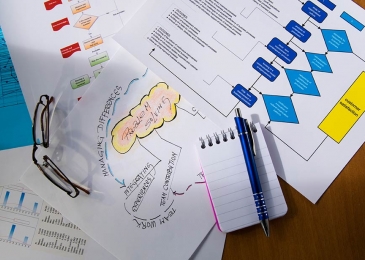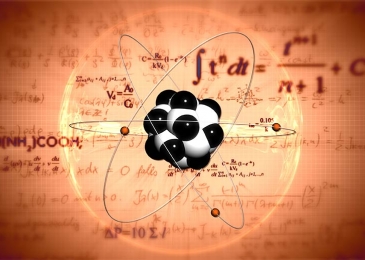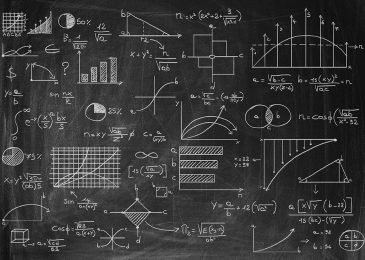Outcomes and Rubrics
RIT faculty developed sixteen General Education Student Learning Outcomes aligned to the General Education Framework. Each of RIT’s General Education Student Learning Outcomes has a corresponding rubric. All rubrics were developed by RIT Faculty Teams.
Critical Thinking

Use relevant evidence gathered through accepted scholarly methods and properly acknowledge sources of information

Analyze or construct arguments considering their premises, assumptions, contexts, and conclusions, and anticipating counterarguments

Reach sound conclusions based on logical analysis of evidence

Demonstrate creative or innovative approaches to assignments or projects
Perspectives

Ethical: Identify contemporary ethical questions and relevant positions

Artistic: Interpret and evaluate artistic expression considering the cultural context in which it was created

Global: Examine connections among the world’s populations

Social: Analyze similarities and differences in human social experiences and evaluate the consequences

Natural Science Inquiry: Demonstrate knowledge of basic principles and concepts of one of the natural sciences

Scientific Principles: Apply methods of scientific inquiry and problem solving to contemporary issues and scientific questions

Mathematical: Comprehend and evaluate mathematical or statistical information

Mathematical: Perform college-level mathematical operations or apply statistical techniques



